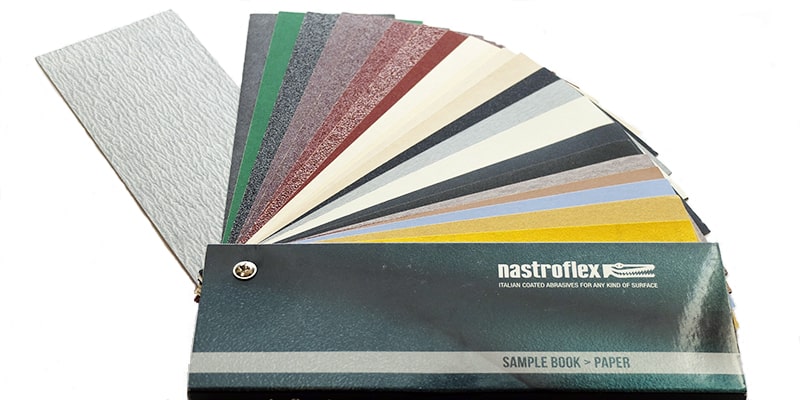There are four important reasons for intermediate sanding:
to create the best possible surface for final finishing by removing raised fibres, excess finishing materials, scratches and other surface defects;
to increase the adhesion of the finishing layer to the substrate and other layers;
to reduce the cost of finishing materials because the poorly sanded substrate absorbs finishing materials more intensively;
to highlight the natural beauty and texture of wood.
In general, intermediate sanding includes the sanding of filler, primer, lacquer or another sealer. We recommend the following material for intermediate sanding:
| Product name | material 230 |
| Backing material | F paper |
| Bonding | resin/resin |
| Grain/abrasive | silicon carbide |
| Coating | closed (the abrasive placement is dense) |
| Additional features | antistatic and stearated |
| Colour | gray |
| Grit range | P180 – P800 |
| Application | in the furniture industry – for sanding polyester or acrylic coated surfaces
in the metal industry – for sanding stainless or carbon steel |
Material 230 is used to make sanding rolls, narrow and wide sanding belts. These are made according to the customer’s order. To order, you must note the width of the belts in mm, the length of the belts in mm, the grit size and quantity. This month’s product discount is 10% for all products from material 230.


